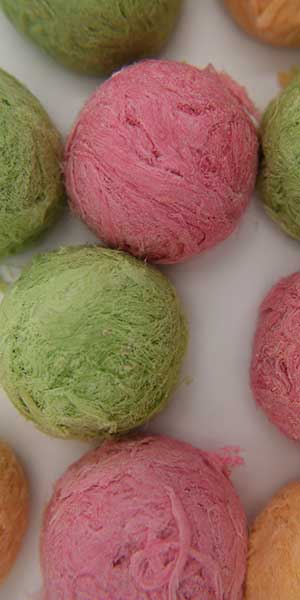Pashmak History
This sweet, sticky, and tantalizing snack has played a notable role in world history and, in the United States. few candies have had quite the cultural effect as cotton candy – which is a confection made of spun sugar & air. this pastry has less sugar than the average soda. it includes no fat, cholesterol, or sodium, and can be produced and found in a ton of delicious flavors. No wonder it is so much favored by adults & children alike. As we watch the mouthwatering cotton candy come out of the machine, we wonder how it's made. However, once we take a bite, our next question becomes: Who must I thank for this fabulous candy?
The history of spun candies actually dates back hundreds of years, all the way to Renaissance Italy. Chefs learned to melt and spin sugar fast, pulling it into thin strands using forks and draping it over broom handles to solidify. This process took up a lot of time and required labor. so it was very expensive. In ancient times, hand-spun candies were made into delicate sculptures & consumed by the rich.
Iran Cotton Candy (Pashmak)
Can anybody, young or old, really say that they don’t love this candy? If you have a sweet tooth, you are sure to eat a lot of pashmak but how much do you really know about the history of this sweet American favorite treat?! Did you know that some of the best quality cotton candy is produced and exported to various countries around the globe from the ancient city od Yazd in Iran? It is, in fact, considered to be one the most favorable souvenirs that both domestic and foreign travelers can purchase to take back home to their friends, relatives and loved ones.


Pashmak Compounds
Cotton candy is produced using a rather special spinning machine. The sugar is added to the head source, where a heater melts it up into a syrup form. At the same time that this is happening, the spinning motion of the machine (which spins at a rate of approximately 3,400 revolutions per minute) whips the syrup through tiny little holes that are located across the bowl in the machine. This fast motion cools the syrup down instantaneously & fluffs it with air ultimately creating the long, extremely thin strands of pashmak.
How is Cotton Candy Made?
This sweet gets its unique texture from the fact that the sugar cools down so fast that the particles do not have enough time to fully recrystallize. Thus, they're left in a weird, semi-liquid state which, believe it or not, makes cotton candy to sugar rather like what glass is to sand! Yes, The Pashmak is in fact, thin, poufy sugar-glass!
Pashmak types
Although it is known to be a favorite souvenir from the city of Yazd, some of the most well-known producers of high-quality pashmak are located in the city of Tabriz.
This Iranian sweet is produced in rather varying forms than that which is found elsewhere in the world. Some of the most popular types include:
- Yarn
- Morsel
- Wooden
Ask us for Persian Cotton candy with a unique taste in elegant and standard packages and decorated with pistachios. You can contact us and let us know exactly what you need.
Sweet Facts About Cotton Candy (Pashmak)
- The only ingredient which is used in the process of making this pastry is SUGAR! Although many different flavors may be added to the sugar syrup to produce hundreds of different flavors and types of cotton candy.
- Not all dentists are wary of sugar! In fact, a dentist called William Morrison invented this 100% sugary treat back in 1897!
- This candy was first introduced and sold at the Louis Fair in 1904.
- The fine threads of pashmak are actually thinner than the average human hair strand.
- Some of the most favorite flavors of cotton candy include bubble-gum, chocolate, dark chocolate, cocoa, coffee, vanilla, maple, Saffron, pistachio, cardamom, and of course, tens of different fruity flavors such as strawberry, banana, watermelon, cantaloupe, orange, etc.
- People around the world use different names to address this sweet. As we use Pashmak in Iran. For instance, in England, it is called candy floss. it is called fairy floss in Australia & Finland. it is called sugar spider (sulkerspin) in the Netherlands and it is called papa’s beard (barbe a papa) in France!
- The world record for the longest cotton candy is 1,400 meters long! That’s as long as 13 soccer fields! This yummy treat was made back in 2006 and took 6 hours to make!
- Street vendors in China actually sell cotton candy artwork! They produce edible masterpieces that appear like flowers, animals, etc. using nothing but cotton candy!

In Taiwan, there’s a street food like this too. We called it as Dragon’s beard candy.
Dragon’s beard candy!? Thanks for sharing with us😉